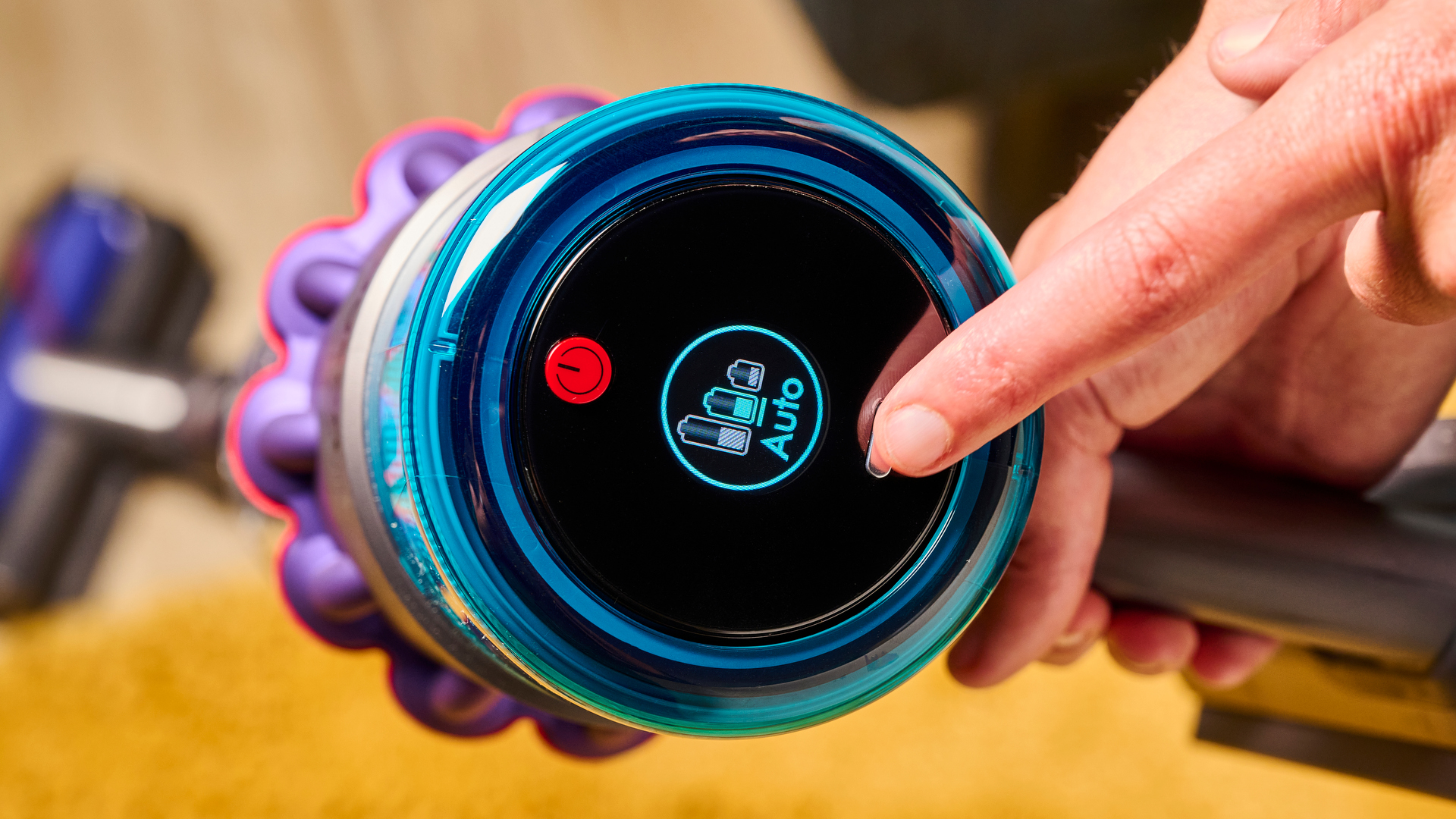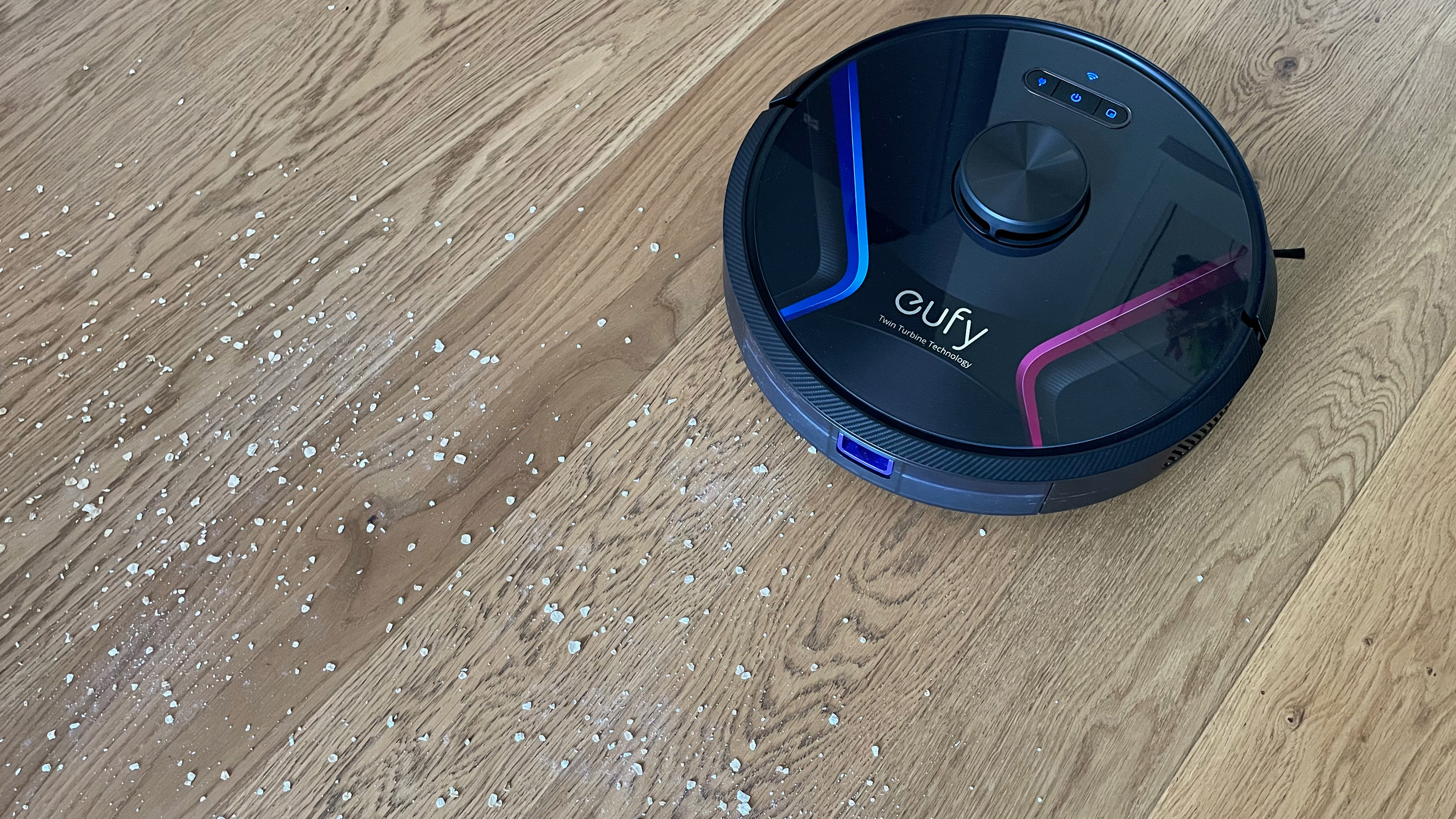How we test vacuum cleaners
We review dozens of vacuums and robot vacs every year – here's how we do it

As part of our small appliances coverage on TechRadar, we review dozens of different vacuum cleaners each year. Our first vacuum review was published in 2015, and as of October 2024, we'd published 187 reviews.
As well as providing you with all the information you'll ever need about each individual product, these reviews are what we use to put together our rankings of the best vacuum cleaners and the best robot vacuums, alongside secondary guides such as the best cordless vacuums or the best cheap robot vacuums.
Some of these vacuums are tested by members of our team, and for those we can't do ourselves, we use a small pool of experienced reviewers. In order to make this testing fair, and provide you with useful results, we have a strict reviewing protocol. Here's exactly how we test vacuums at TechRadar.
How we test vacuum cleaners
Suction
These tests measure how well the vacuum picks up debris of different kinds, on different types of flooring. Equipment required:
- Hard floor
- Carpet or a carpet-like rug
- Loose tea (from a teabag)
- Oats
Before running the suction tests, vacuum the area where you'll be testing so it's as clean as possible.
Fine debris test
Sprinkle a teabag's worth of dry tea on the carpet. Vacuum on the lowest setting, ensuring that you don't go over any section more than once. Assess how much of the tea the vacuum cleaner has picked up. If it hasn't collected all of the debris, repeat at a higher setting, as required until all the dust is gone.
Get daily insight, inspiration and deals in your inbox
Sign up for breaking news, reviews, opinion, top tech deals, and more.
Repeat for hard floor and carpet.

Large debris test
Repeat as above, but with 30g of oats. Note if the vacuum pings around the oats, moving them out of its suction path. Repeat for hard floor and carpet.

As part of these tests, take note of how close you can maneuver the floorhead to the edges of the masked area, and if the vacuum will pick up debris close to this border. Comment on your findings.
Hair tests
Assess how well the vacuum can remove hair from both carpet and hard flooring. Ideally, test both long (human) hair and short (pet) hair.
Does this hair become caught around the brushroll, or is it whisked straight into the bin? If the former, how easy is it to remove?
If there are extra attachments designed specifically for hair, put these to the test and comment on your findings.
Battery
If the model on test is cordless, we want to test how long it lasts on one charge. Charge the vacuum to full power. Then run it continuously on its lowest power mode, timing how long it lasts until the battery is completely flat. Repeat for each power option. Record how long it takes to fully recharge the vacuum, from a flat battery.

Usability
These are less standardized tests designed to gain a more complete picture of the usability of a vacuum.
Use the vacuum as a main vacuum for a couple of weeks, being sure to test out all the supplied attachments as well as any special features specific to that vacuum. Consider questions like:
- How comfortable is the vacuum to use?
- Is it intuitive to put together, swap attachments and so on?
- How easy is it to maneuver?
- Can the floorhead reach into tight spots?
- How easy is the bin to empty?
- Are the attachments useful?

How we test robot vacuum cleaners
Suction
The suction tests are designed to assess the robot's vacuum cleaning performance. Equipment needed:
- Hard floor
- Carpet
- Oats
- Tea from a teabag
Start by vacuuming both the hard floor and the carpet you'll be using to ensure it's as clean as possible.
Fine debris test
Sprinkle a teabag's worth of tea on the floor. Start the vacuum on the lowest power setting. Assess how much of the tea the vacuum collects. If it hasn't pick up all of it, repeat on increasingly more powerful settings.
Repeat this test on hard flooring.

Large debris test
Repeat the test above, on both hard floors and carpet, but using oats rather than tea. Pay particular attention to whether the design of the robot vacuum causes oats to be pinged out of the suction path.

Hair test
Assess how well the robot vacuum pulls up hair from both carpeted floor and hard flooring. Ideally, test both long (human) hair and short (pet) hair. Does this hair become caught on the brushroll(s) or side brush, or is it directed straight into the onboard bin? If the former, how easy is it to remove?

Mopping
Nowadays, many robot vacuums include mopping capabilities. If this is the case, run a series of tests to measure how well these work. We want to see how effective the robot vacuum is with new, wet spills, as well as dried-on stains on hard floors. Equipment required:
- Hard flooring
- Fruit juice
- Ketchup
Spill a small amount of fruit juice onto the floor and set the robot vacuum to clean the area. How does it handle it – does it push the liquid around or lift it? Does it require multiple passes to clear the juice from the floor?

Next, smear a tiny amount of tomato ketchup on the floor, and leave it dry. Set the robovac off on a cleaning cycle and see if the mop lifts it. Run on the standard setting first, and if the mess isn't cleaned, try a more intensive setting.

Object avoidance
These tests are designed to assess how effective the robot vacuum is at identifying and avoiding objects. Equipment required:
- Shoe
- Charge cable
- Sock (dark or light to match your floor)
- Fake dog poop (optional extra)
Place a sock, shoe, charge cable and (optionally) fake dog poop on the floor, with plenty of room around each object. Set the robovac off on a clean and monitor how well it avoids and/or identifies each object. Run this test twice. Record your findings.
Additionally, monitor how well the robovac deals with obstacles during everyday cleans. Note if, for example, it regularly becomes tangled in cables and needs to be rescued manually.
Usability and features
To gain a general overview of the usability and effectiveness of the robot vacuum, use it as your main vacuum for two weeks. During this time, test any special features – voice control, onboard cameras and extending side brushes, for example – as well as fully exploring the companion app.

During this review period, consider questions like:
- How easy is the robot vacuum to set up and control?
- How much control do you have over settings?
- How accurate is the product's mapping of your home?
- How well does it deal with edges?
- Is any smart home integration effective?
- How noisy is it in use?
- What maintenance is required, and is this straightforward?
- Can the robovac reliably clear room thresholds?

Ruth is TechRadar's Homes Editor specializing in air (vacuum cleaners, fans, air purifiers), and hair (hair dryers, straighteners and stylers). She has been in consumer journalism since 2020, reviewing and writing about everything from outdoor kit to mattresses and wellness gadgets, with stints on Tom's Guide and T3.